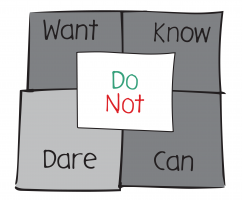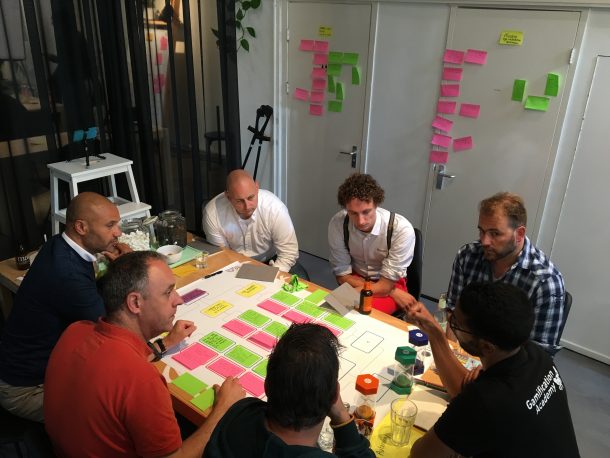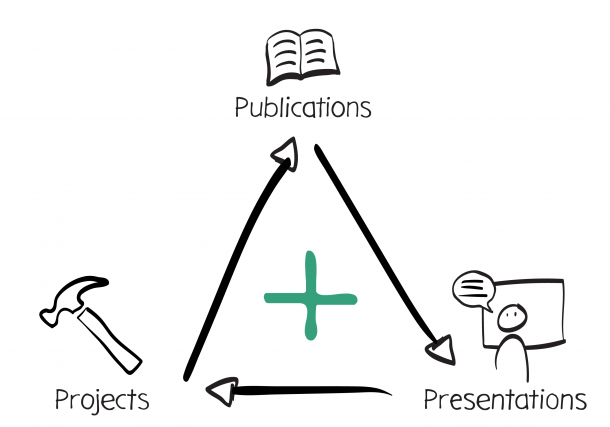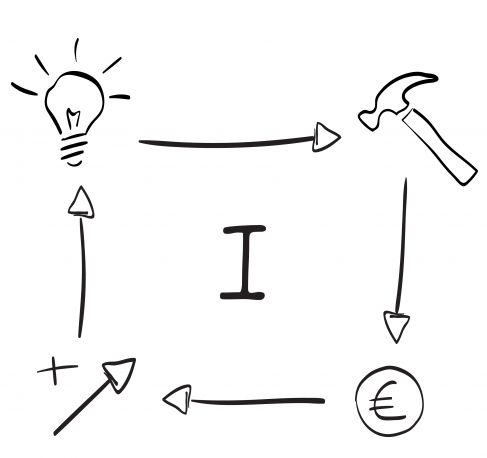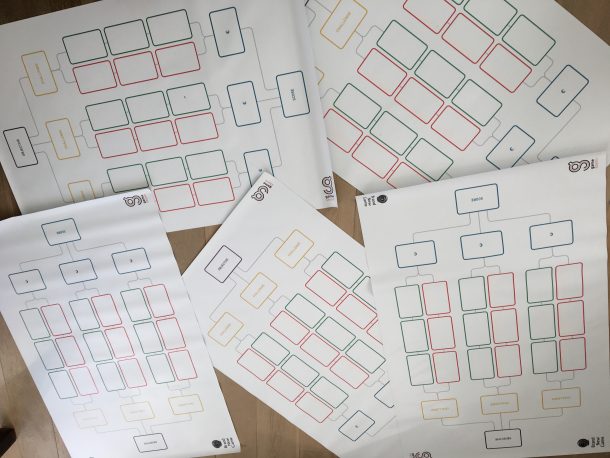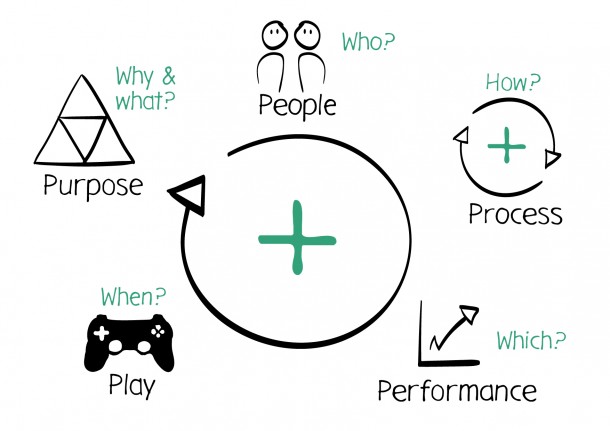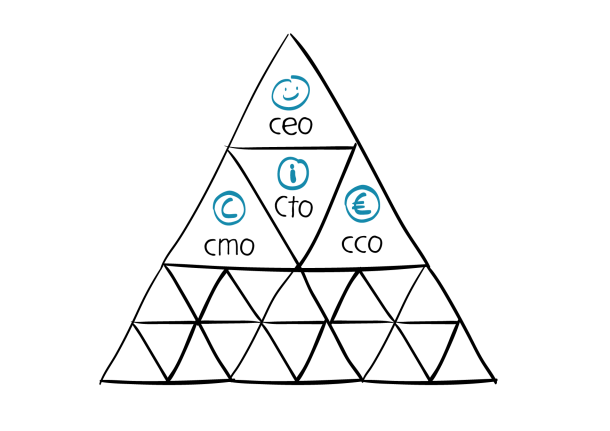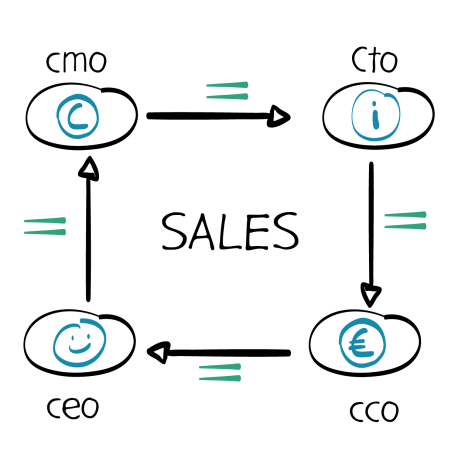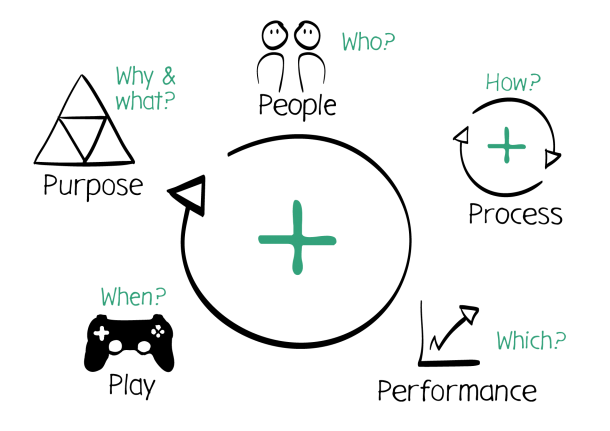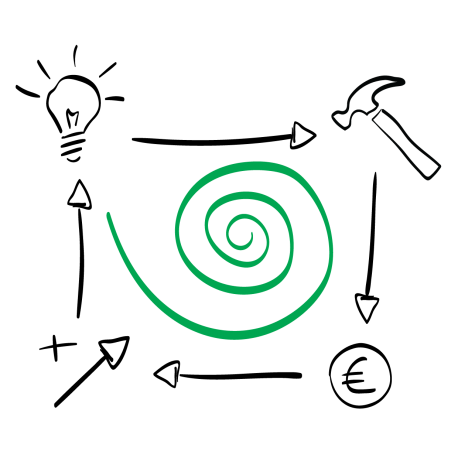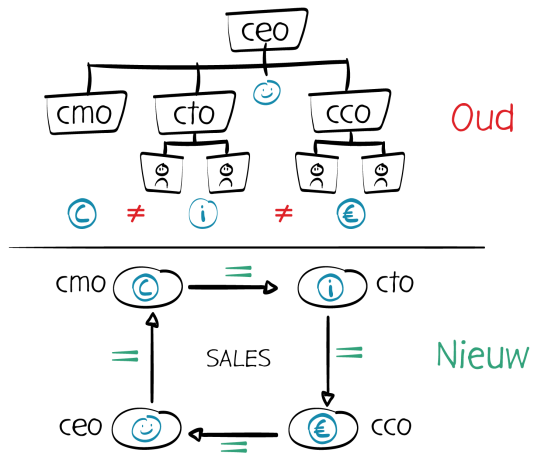Is this a bold statement? I guess it is. The upcoming Christmas period and the year 2018 will prove me right or wrong. Why am I still so sceptic about VR? Because I have been in the games industry since 1999 (on and off) and I have seen a lot of digital products come and go, although whole markets believed it would be ‘the next thing’.
Let me back up my bold statement with some facts…
Fact 1: Alternative user interfaces have a hard time conquering the consumers space.
Take Layar, QR-code readers, Leap motion, PlayStation Move, Xbox Kinect, most of them didn’t become as successful as expected. The main reason being, human beings enjoy tactile feedback. What do I mean by that? The physical component.
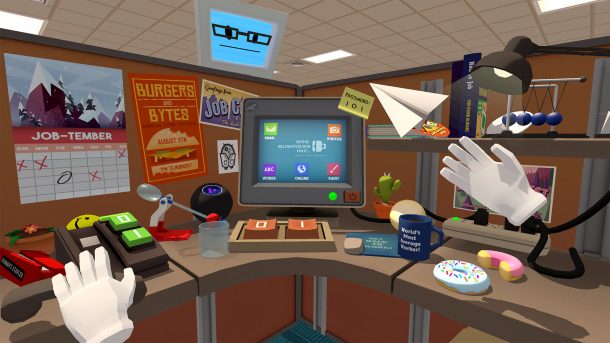
We need to touch and feel what we are doing. Even e-readers have a hard time these days. Why? Maybe because we just love to turn pages of a book and feel we are gradually progressing… Physical books are still outselling digital books and there is a bigger growth in sales these days, even amongst the new generations (x, y and z if you believe in those categories)!
Fact 2: Google Glass was killed as a project
First of all the Google glasses looked like crap, and we as human beings are still fools for style. Steve Jobs got that. But even if Google Glasses would look like Armani or Ray-Ban glasses one could argue, whether it would become successful. There is just not enough added value yet using glasses as an extra layer on the real world. Yes, if I would be single and Tinder would create an app showing me extra information on who is available in a club or restaurant that night, maybe matching up with people would work thanks to glasses… But no – I don’t think we will see that in the near future. I am aware that Google re-started investing in Glass, but we’ll see how…
Do I believe Google Glasses and VR could work in specific situations? Yes of course. Using glasses in a training or working environment definitely has potential to become huge. That’s the business I am in! But consumer markets, I don’t think so.
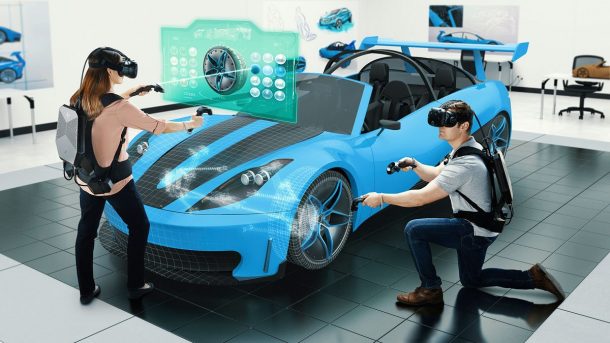
Fact 3: 3D TV never became mass market
Do you remember when Sony, LG and Samsung tried to conquer the market with 3D television? Everyone in the TV industry believed that – after HD TV – we needed 3D. But after a few years of disappointing sales, everyone dropped it. Why? Because we will not wear an extra pair of glasses in front of a TV for a meagerly improved experience.
Why do you think contact lenses became so popular? People don’t like to wear glasses!
Fact 4: It is non-social to wear glasses that completely remove you from the real-space.
Erasing the existing environment by putting on glasses is scary. Yes, you can (only) do it sitting down, but then the only types of games that work are games where you remain seated… Flight simulators, driving / racing in a car, sitting in a train, on a rollercoaster, tied to a chair… But how many game-genres can tie into those situations and remain relevant?
Apart from that, when are you really alone to play a VR game? Basically people that are single and live alone are the main target. Fortunately we are still social human beings, so in the essence no one wants to be alone all the time. Therefore the window of opportunity to remain relevant at all times in the living room is really small….
Only if the sex industry combines high-end footage with physical toys (feedback) that are better than the real-life experience (and prevent you from getting STD’s), I give VR a chance. I know Pornhub is looking into VR, so … who knows… A golden rule when looking at innovations remains: just because it is possible, doesn’t mean it’s better than the current situation or even useful…

When will we know that I am right? Well… PlayStation will aggressively target the market during this X-Mas, and then developers will have maybe a year or two to come up with the ‘killer-app’ or kill-game that will make it worth to invest in VR. Will I buy a VR system myself? Of course, as soon as Red Dead Redemption 2 hits the marketplace, I buy the PS4 and the best VR set imaginable, just to remain up-to-date with things that are happening 😉
Posted in Uncategorized |
No Comments »







